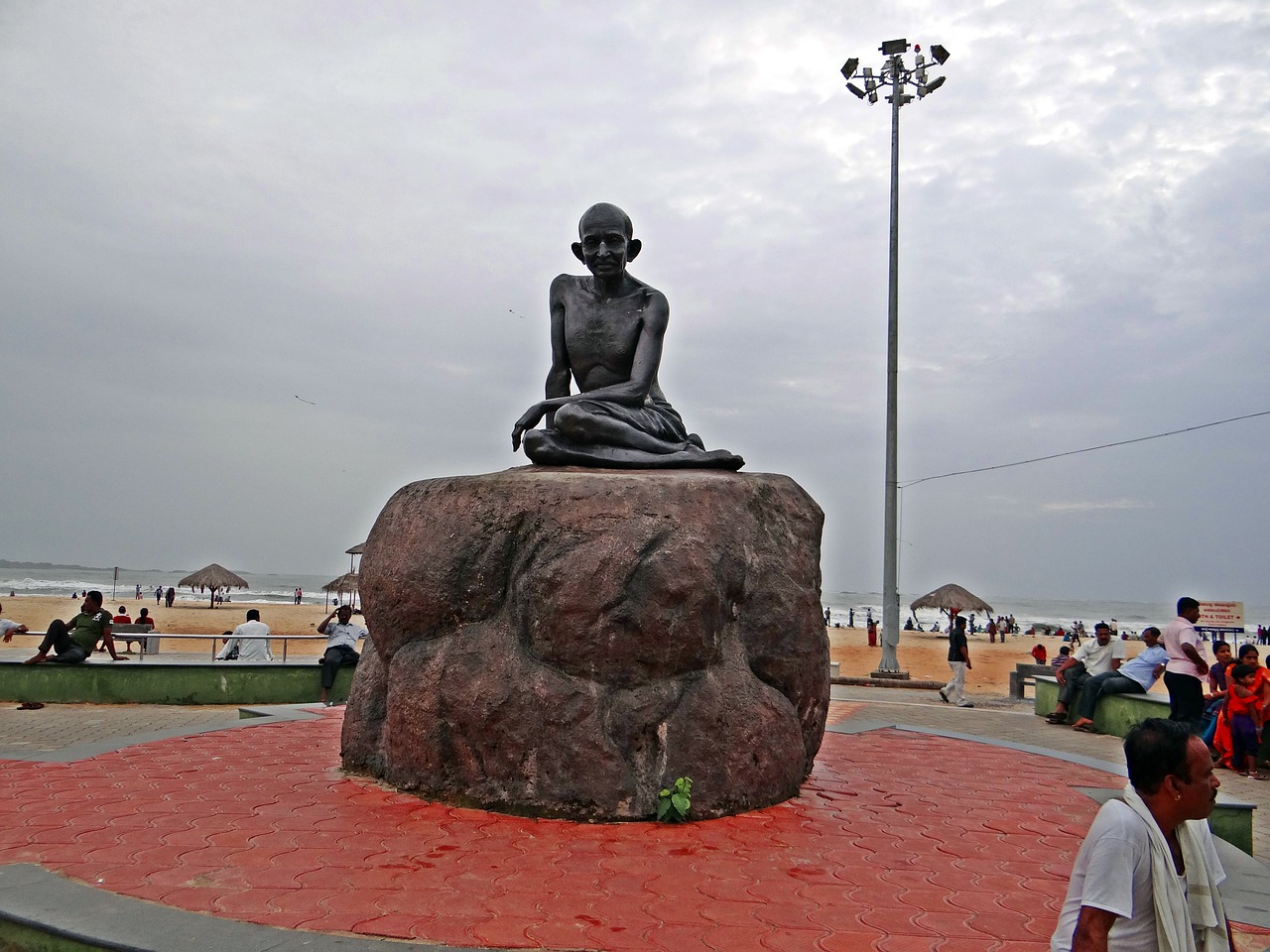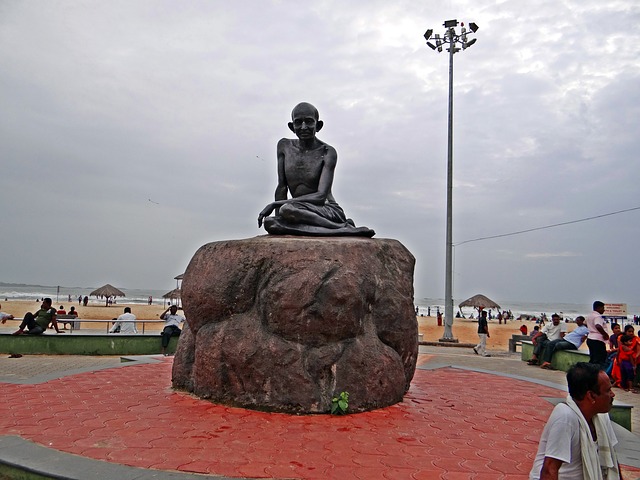 One thing that is most striking to an outsider coming to India for the first time, and for Indian citizens as well, is the disparity amongst the people of this nation.
One thing that is most striking to an outsider coming to India for the first time, and for Indian citizens as well, is the disparity amongst the people of this nation.
If you look at the Mumbai skyline closely, you have the slums on the one hand, and the skyscrapers on the other. The wealthy get wealthier, and the poor remain just the way they are. And this is Mumbai, the financial capital of India. One can only dare to imagine the lives people led in the rural areas.
According to studies by the World Health Organization, more than 600 million Indians lack access to a toilet. Open defecation, as a result of this, causes diarrheal disease killing thousands of children every year. For women, the lack of toilets has posed a risk of attack, where in June two teenage girls were murdered and their bodies found hanging from a tree in their village after they had gone out to relieve themselves.
The ‘Mahatma Gandhi Clean India Programme’ initiated by the Indian Prime Minister, Narendra Modi, brings a glimmer of hope to the nation. Modi, through this multi-million dollar sanitation project is aiming to clean up around 1,000 Indian towns. This drive involves every school having separate toilets for boys and girls by October 2015, building approximately 2 lakh toilets for women alone in 5,000 villages, and providing sanitation and sewerage facilities to over 36 million households in the country, so that by 2019 all Indians have access to a toilet. This project is a tribute to Mahatma Gandhi – 2019 being the year of his 150th birth anniversary.
As attractive as this project may appear, one wonders if it is achievable, or is the prime minister being too ambitious? The Dalits, for one, are known to be repulsed by the thought of having toilets in their homes as they consider them unclean. Furthermore, the National Council of Applied Economic Research suggests that the disposal systems installed under government programs tend to be of a poor quality, causing issues with hygiene and odour. However, Modi seems to have thought this through. This project will be administered with the help of private companies and professional management, making it different from projects from previous governments.
This is all part of the modernization that Modi wants to bring to India. In his first Independence Day speech as prime minister on 15 August 2014, he said India had the skills, the strength and the people. Poor infrastructure and education are what have held India back so far, making it an underperformer in comparison to China, and Modi is looking to rectify this, starting with the abolishment of the Planning Commission that used to publish five-year plans, which he proposes to replace with an institution that provides a closer focus on India’s 29 states.
By 2022, Modi hopes to target 500 cities with a view to providing drinking water, solid waste management, storm water drainage, roads and streetlights, in order to turn them into model cities, and the sanitation project is the first step. If the quality of life of its people is to improve, this remodeling is an absolute must.
For further information click here: link 1, link 2 and link 3







Each one of us can take up the responsibility and that would really change our nation.
A good write up Pooja !